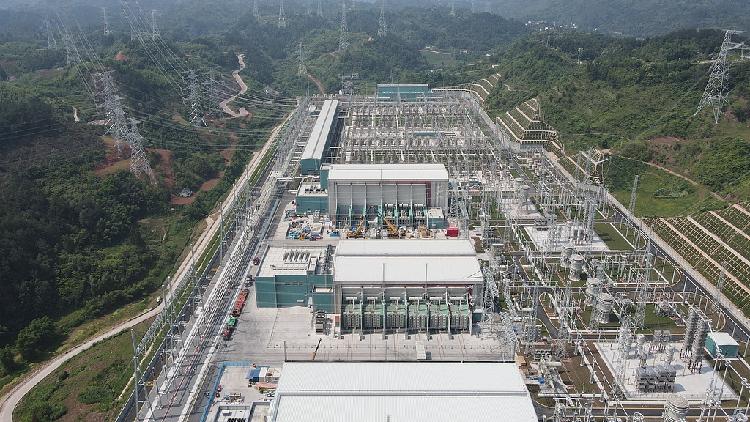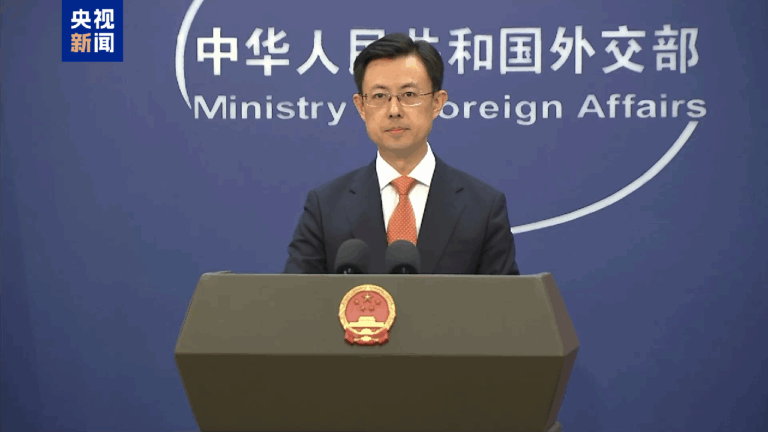
A groundbreaking ultra-high voltage (UHV) direct current transmission project has been initiated, allowing electricity generated in China’s wind and solar-rich Xinjiang Uygur Autonomous Region to reach Chongqing Municipality, located 2,260 kilometers away, in just 0.007 seconds. Announced by the State Grid Corporation of China, the ±800 kV project presents a significant advancement in the energy infrastructure of the country.
Xinjiang serves as a crucial energy provider in China’s west-to-east power transmission program. The new transmission line aims to supply Chongqing with over 36 billion kilowatt-hours of electricity annually, with a considerable portion coming from renewable sources. This initiative is poised to save around 6 million tonnes of coal and reduce CO2 emissions by about 16 million tonnes, thus contributing positively to environmental sustainability.
The project is anticipated to bolster economic growth in both Xinjiang and Chongqing while promoting regional development and enhancing public welfare. Hami, the starting point of the line, is growing its renewable energy capacity, reaching approximately 23 million kilowatts by the end of 2024. Meanwhile, Chongqing, with a population of around 32 million, relies heavily on energy imports.
Xinjiang’s renewable power capacity has reached 201 million kilowatts, with renewables making up 55.72 percent. UHV technology helps mitigate energy waste by efficiently transmitting surplus power to energy-demanding regions. As part of its commitment to peak carbon emissions by 2030 and achieve carbon neutrality by 2060, China continues to expand its renewable energy initiatives, with a striking 86 percent of newly installed power capacity in 2024 sourced from renewables.
Source: news.cgtn.com






